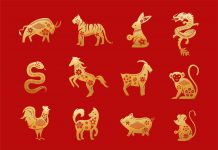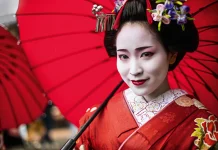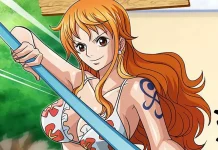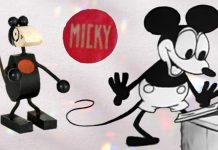China is renowned for its beautiful and colorful textiles, particularly the hangings, silks, and cottons that have come to define the country’s aesthetic. The history of Chinese dress has a long and rich past that has evolved over the centuries. While most people are familiar with the modern interpretation of Chinese fashion, the country has a much more nuanced and detailed history. In this article, we’ll look at how Chinese dress has changed over the years and why it has become an iconic symbol globally.
From Ancient Times to the Tang Dynasty
The oldest record of Chinese dress dates back to the Shang dynasty, where archaeological evidence suggests tunics and trousers were in fashion. These early garments were often hand-stitched and featured multiple layers, such as simplified embroidery, appliqué, and beading. By the Han dynasty, a new style of clothing had emerged with looser, more toga-like robes that were essential to the period’s courtiers. These were usually made from a beautiful, smooth silk that was highly prized and valued by the wealthy.
During the Tang dynasty, a more recognizable style of dress was developed in which flowing silk robes fell to the ankle and had long, wide sleeves. This style was known as a hanfu and had various associated status markers depending on the color and design of the fabric. Women from this era also often wore their hair up and would adorn it with beautiful ornamentation.
The Ming and Qing Dynasties
Over time, the style of Chinese dress changed into what we now call traditional garments. Luxury materials, such as satin, velvet, and brocade were added to the repertoire, replacing the thinner silk of earlier dynasties. These traditional garments had a wide range of colors, patterns, and cuts that were often indicative of a person’s social standing.
The Manchu people, who established the Qing dynasty, were known to wear intricate hats and headpieces made from goat hair, plumes, and even fox fur that were used to signify the wearer’s authority. This style of hat, known as a bicorne, was later adapted into what are now referred to as traditional Chinese hats.
The 20th Century
With the introduction of modern clothing in the early 20th century, the traditional garments of China began to slip into the background. However, many still adopted the garments of the Qing dynasty, particularly as symbols of national pride and identity. This continued until 1949 when the Communist government mandated uniformity in dress.
These uniforms consisted of simple, workman-style garments, such as collared shirts, trousers, and a Mao jacket. As a result of this mandate, traditional clothing was no longer commonly worn outside of ceremonies and other special occasions. However, the governments’ attempt at suppressing the rich cultural heritage of China didn’t last forever and traditional garments eventually made a comeback in the decades to follow.
Modern Adaptations
Today, Chinese fashion is more diverse than ever before with contemporary designers taking inspiration from traditional styles and combining them with modern western designs. Traditional garments, such as the qi pao, are often seen on the runway in couture forms, while modern day interpretations of the qipao, such as the A-line and Sheath variants, are commonplace.
Traditional costumes such as the hanfu and cheongsam are also popular with the youth of China and often feature in traditional ceremonies, such as weddings and parades. And for more formal events, the modern-day versions of the bicorne and the Manchu hat are often seen.
The history of Chinese dress is one that spans centuries and has a long and varied background. From flowing robes of the Han dynasty to contemporary adaptations of traditional garments, Chinese dress has evolved over the years and become a symbol of national pride and identity. With such an extensive and rich history, it’s no surprise that Chinese fashion continues to have a strong presence in the modern world.






























































